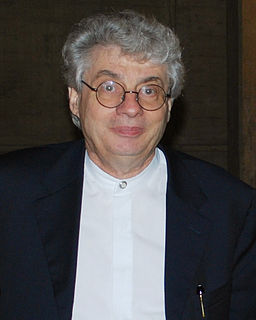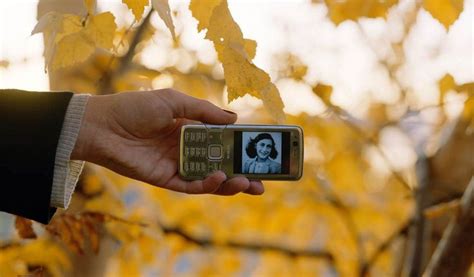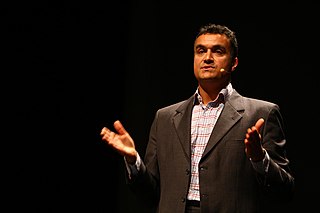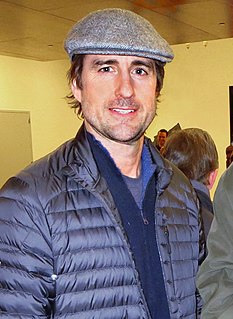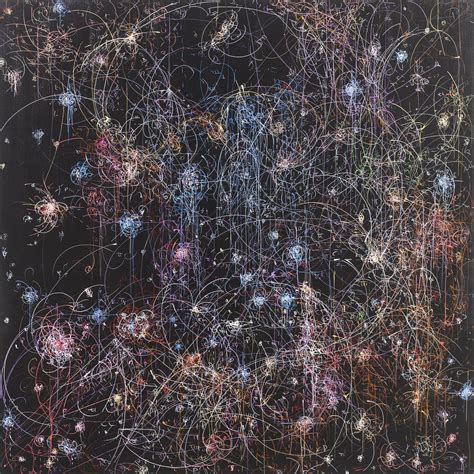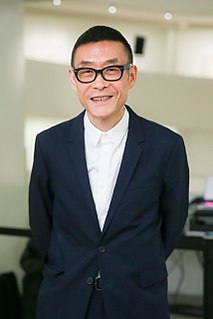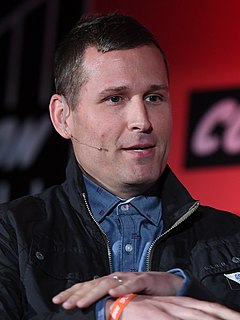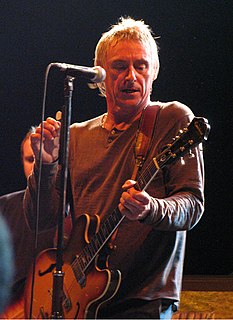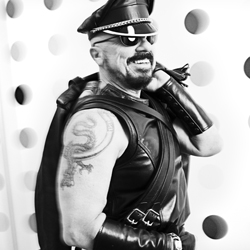A Quote by Zaha Hadid
I'm trying to discover - invent, I suppose - an architecture, and forms of urban planning, that do something of the same thing in a contemporary way. I started out trying to create buildings that would sparkle like isolated jewels; now I want them to connect, to form a new kind of landscape, to flow together with contemporary cities and the lives of their peoples.
Related Quotes
I don't think I have enough of an interest in today's cultural mood to connect with or reject it. I'm compelled by the ideas that arrive when I'm not trying, and I follow them through almost every time. I feel fortunate that these days, there are a lot of them. You could argue that they are informed by everything I'm experiencing culturally around me but I don't, for example, look online for new music or art very often, and I don't think there is much in contemporary culture for me. It's a needle in a haystack kind of thing, and I'd rather spend that time working on a new song.
I've found that photographs from different genres can be extraordinarily generous with each other. I started out photographing myself in a landscape, moved on to landscapes with and without other people, and then onto buildings, still lives, portraits, and body parts in rooms. If certain aspects of my production are getting more attention right now I think it is directly linked to a general absence of dreamed bodies in contemporary art. Viewers who mainly follow fashion have most likely not noticed this lack.
Out of the Slow Food movement has grown something called the Slow Cities movement, which has started in Italy but has spread right across Europe and beyond. And in this, towns begin to rethink how they organize the urban landscape so that people are encouraged to slow down and smell the roses and connect with one another.
I like art that challenges you and makes a lot of people angry because they don't get it. Because they refuse to look at it properly. Rather than open their mind to the possibility of seeing something, they just resist. A lot of people think contemporary art makes them feel stupid. Because they are stupid. They're right. If you have contempt about contemporary art, you are stupid. You can be the most uneducated person in the world and completely appreciate contemporary art, because you see the rebellion. You see that it's trying to change things.
I'm not trying to create an aesthetic that's my own; I'm trying to create a way understanding things through drawing and painting. That's the common thread. Things can look different, but that's not what's important. What's important is the process is the same, the ideas are the same, I'm using the same building blocks, but they're different. The larger framework is the same; it's the pieces that change. For me, it's about these different elements, but you're still fitting them together into sentences, words, paragraphs, and stories.
We can no longer contemplate the subject - self - of contemporary art; it has been woven into infinite relationships, replaced by social movements, national image, and financial capital. The disappearance of the construction of the self of contemporary art makes it impossible to exist in the form of a subject. The subject of contemporary art that I speak of is a kind of naming event predicated upon the multiplicity of the environment. It includes politics, should have its own way of thinking, and can be perceived.
With every show I go out and do, I'm trying to change peoples' lives. I'm trying to make a huge moment and give them something that they'll remember forever. I know that's crazy to say after I've played maybe 5,000 shows in my life, but really that's what it is. Leaving it all out on the dance floor and giving people something spectacular to remember.
I'd like to think that what I've written over the years and what I'm doing now means something to people. People in the street all the time are saying "love the new record" or "I love that record," this tune or that tune. It means an awful lot, or it's been a big part of their lives. As a songwriter, what else would you really want? You're trying to connect with people, people's emotions, and maybe say something about their lives or feelings. That's probably a good enough compliment to receive, really.


